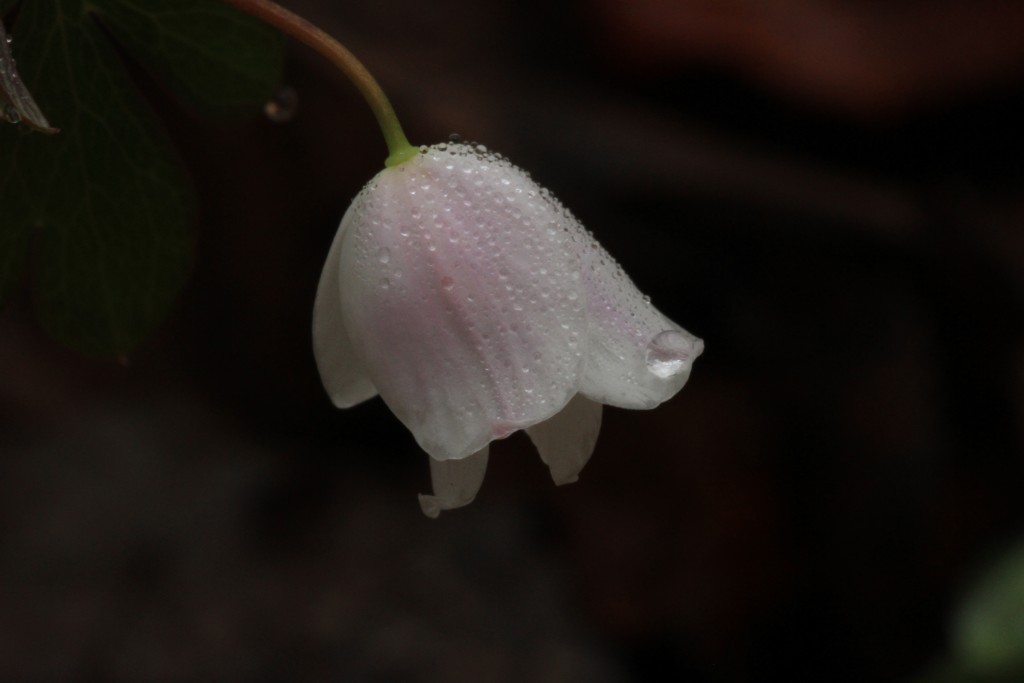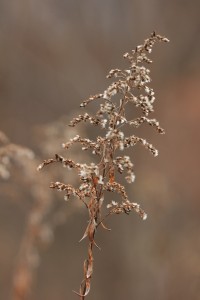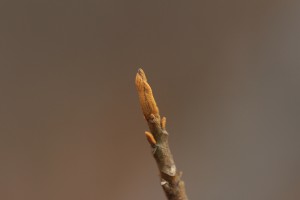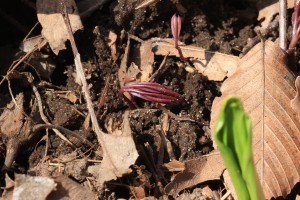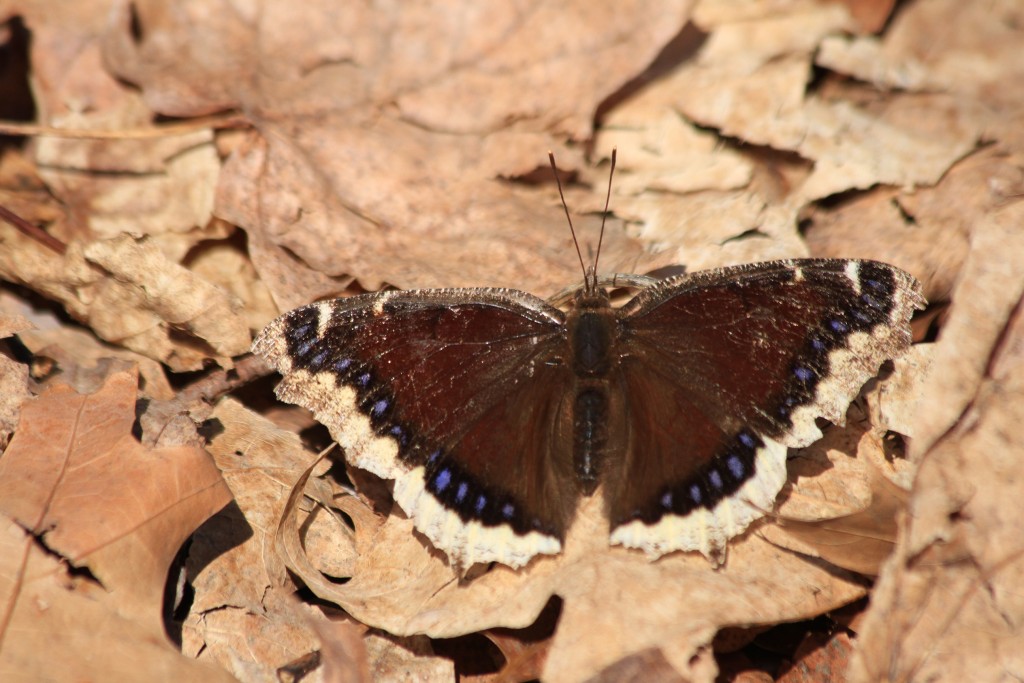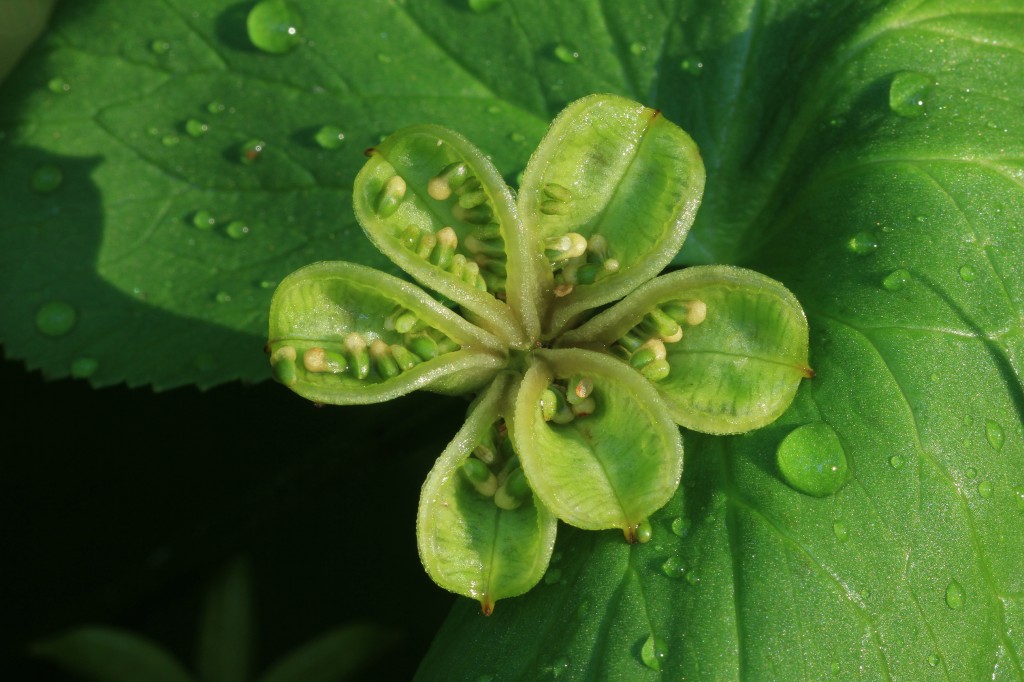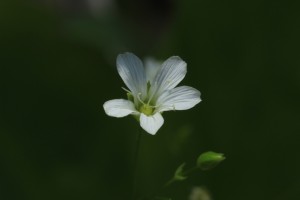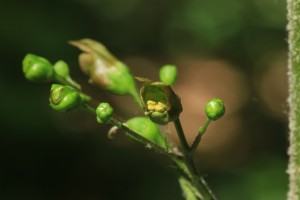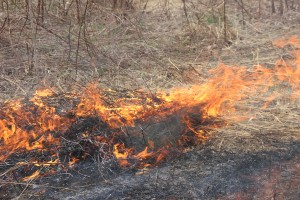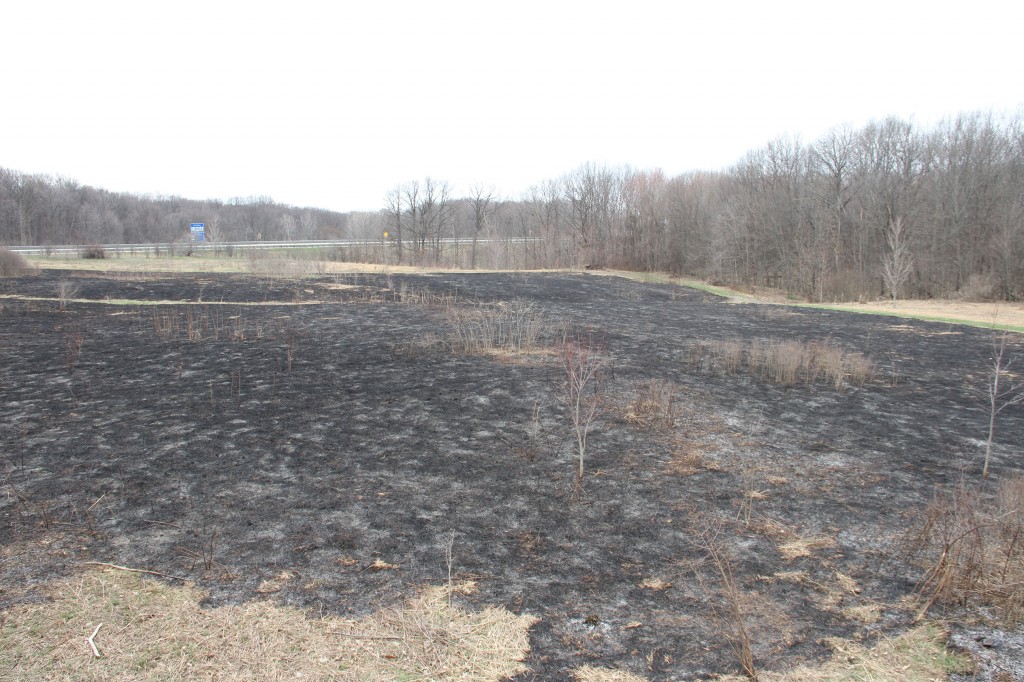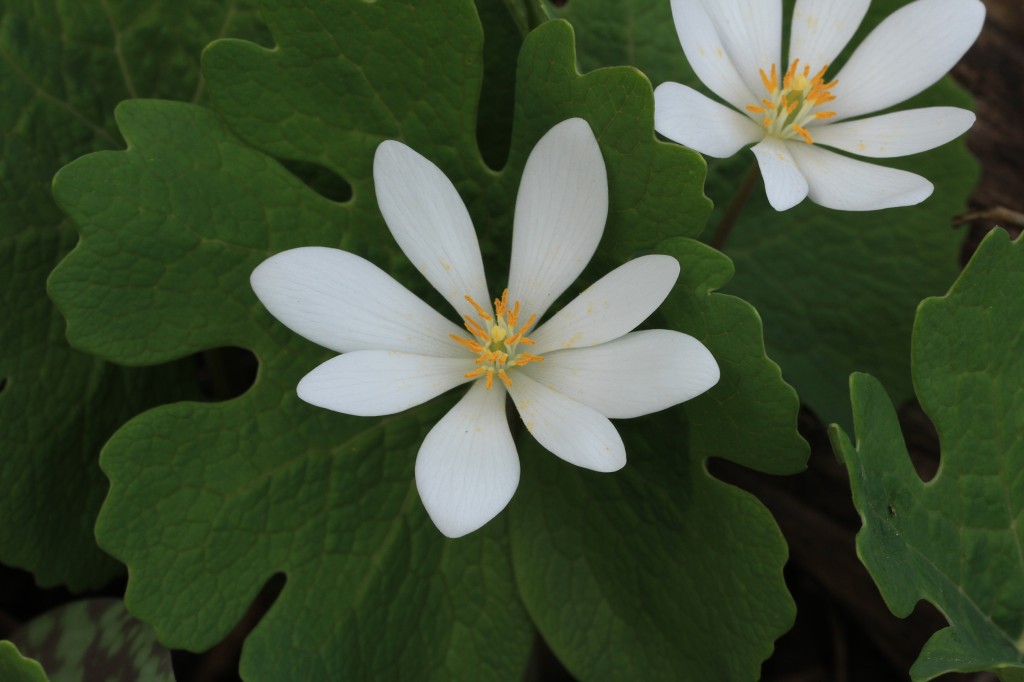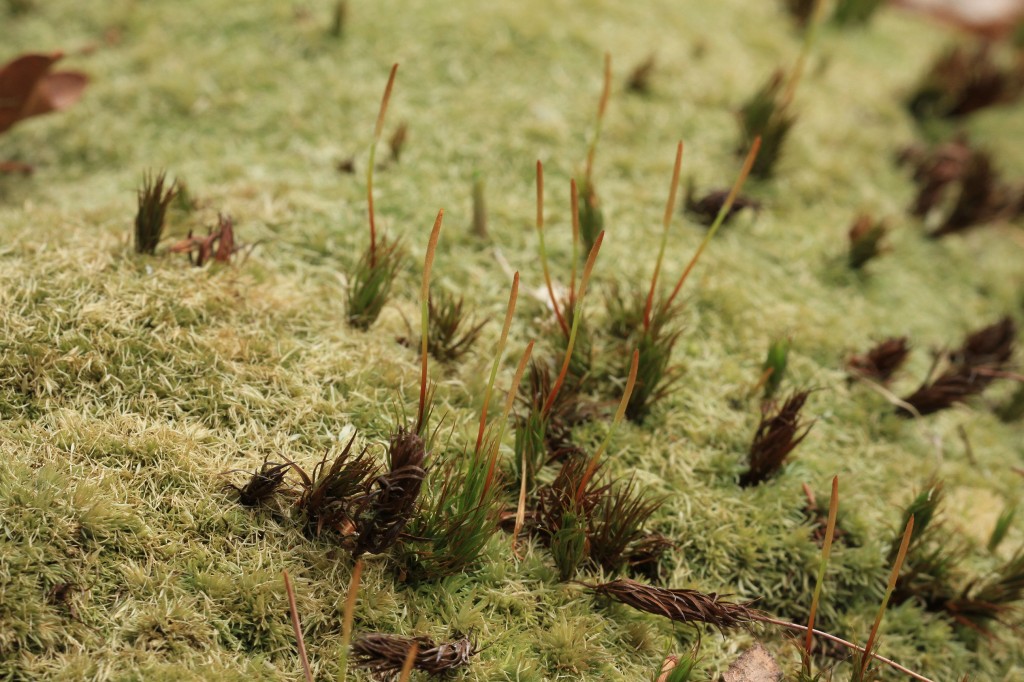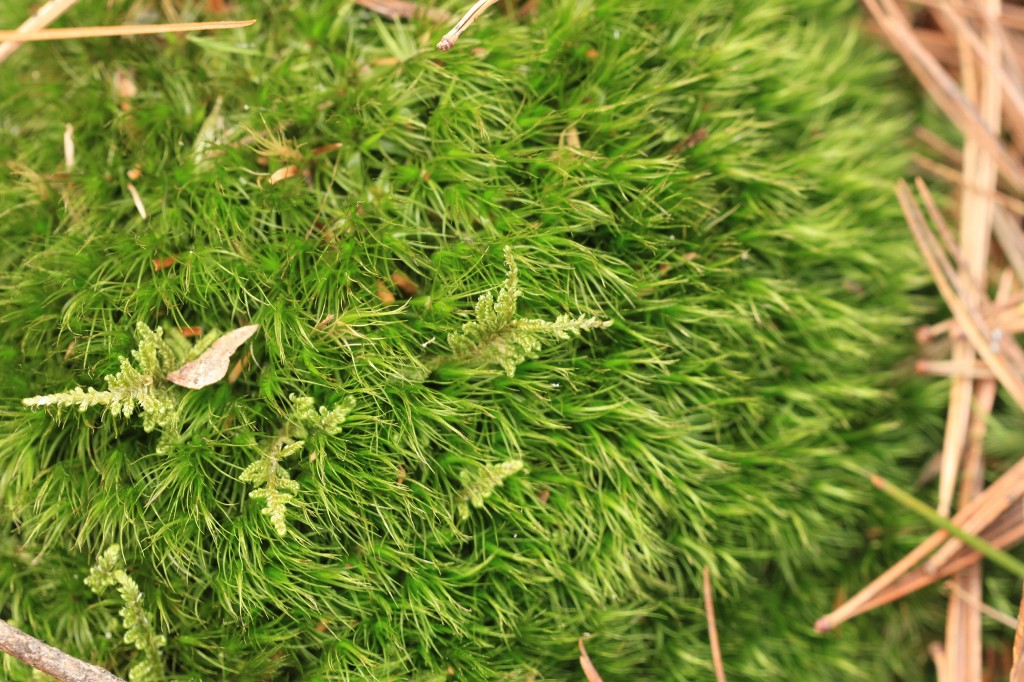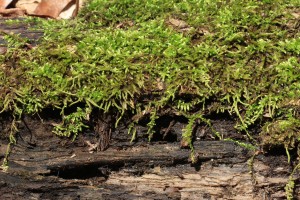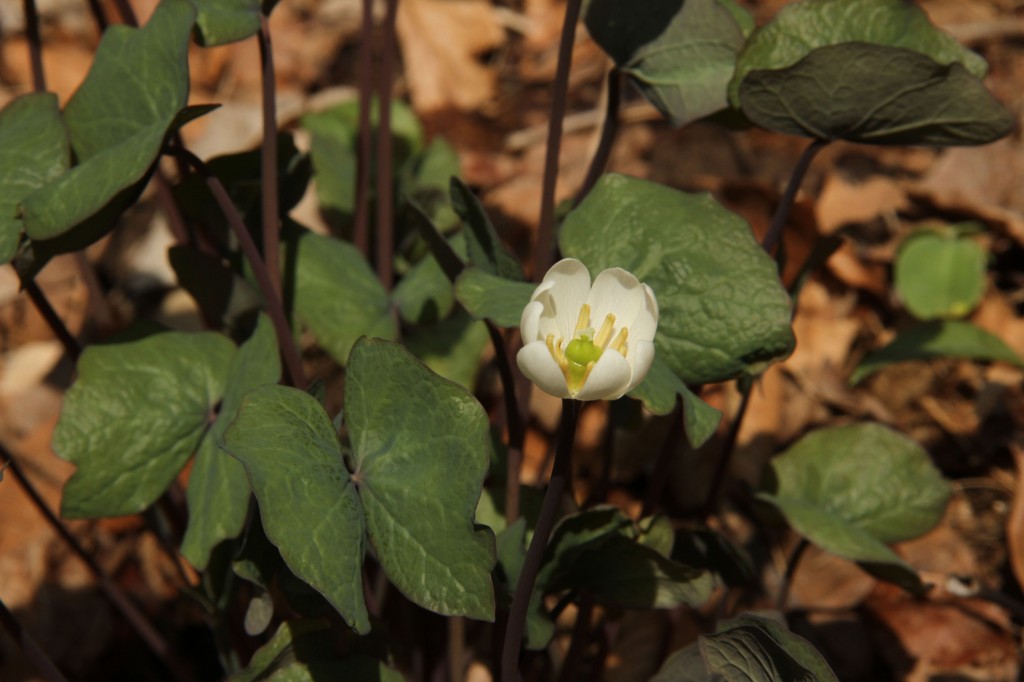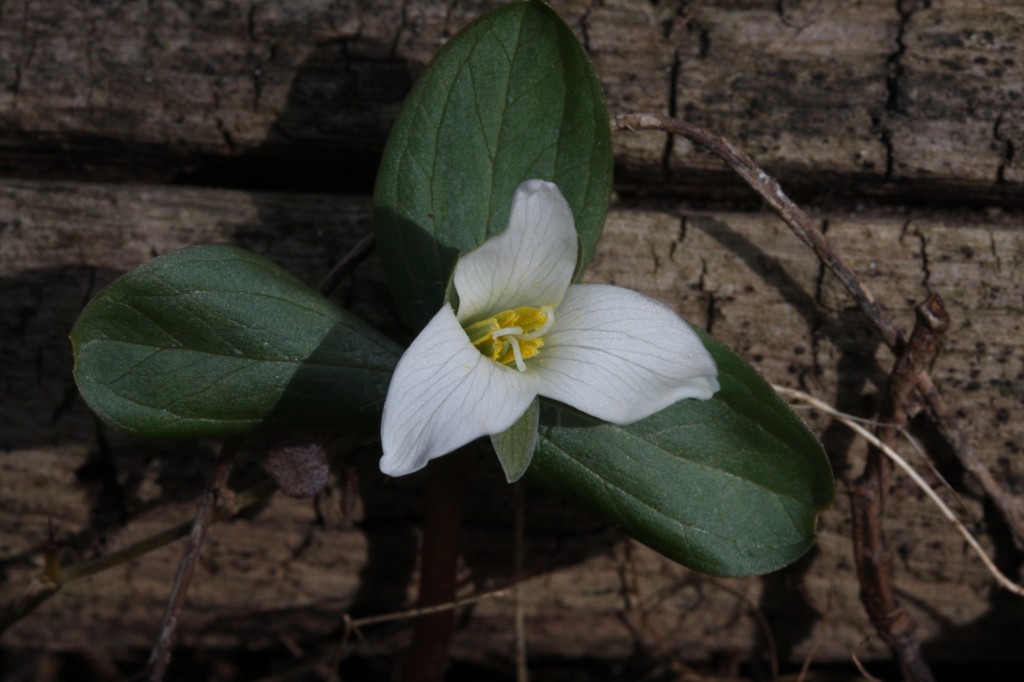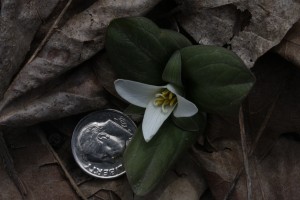I usually tell attendees on spring wildflower walks that if you come back around Thanksgiving and look, you may possibly find a couple of False Rue-Anemone, Enemion biternatum in bloom again. All of the photos (including the flowers) with this entry were all taken this morning, December 3 at the Hudsonville Nature Center. Usually in November a few can be seen, but this year there are more than normal and with a warm forecast for the next week there will be more as there are several unopened buds still to be found. Not every clump will have flowers, but it is worth looking for the ones that are there and enjoy them since they are usually under snow by now. This flower has lobed leaves and flowers with no petals as the sepals take on the color and are petal like.
Other things to look for this time of year are the usual left over flowers like goldenrod or aster, berries still hanging on, insect galls and leftover bird’s nests. With the lack of snow lower plants in the woods like Blue Cohush and Leek seeds can easily be found. There are also some great moss colors with all the moisture we have had and still some fungi showing up. Normally I focus on tree buds a little later in winter but they are in good shape, identifiable a quit colorful now.
The mild weather is making many things visible and accessible to those willing to get out and look. Get out and enjoy the warmer weather we are having.
 Click on the title of a post to view a full gallery of images.
Click on the title of a post to view a full gallery of images.
